AMD Radeon R7 265 2GB Video Card Review with Sapphire Dual-X R7 265
Battlefield 4
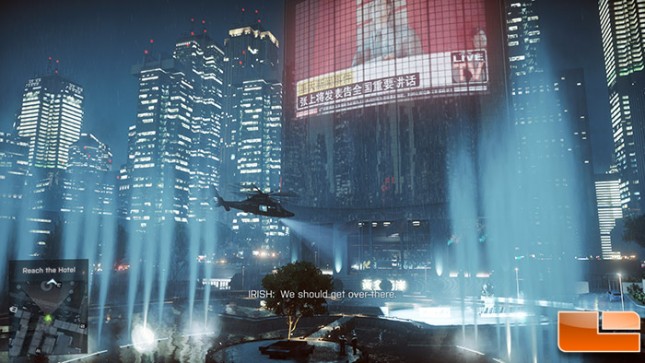
Battlefield 4 is a first-person shooter video game developed by EA Digital Illusions CE (DICE) and published by Electronic Arts. It is a sequel to 2011’s Battlefield 3 and was released on October 29, 2013 in North America. Battlefield 4’s single-player Campaign takes place in 2020, six years after the events of its predecessor. Tensions between Russia and the United States have beem running at a record high. On top of this, China is also on the brink of war, as Admiral Chang, the main antagonist, plans to overthrow China’s current government; and, if successful, the Russians will have full support from the Chinese, bringing China into a war with the United States.
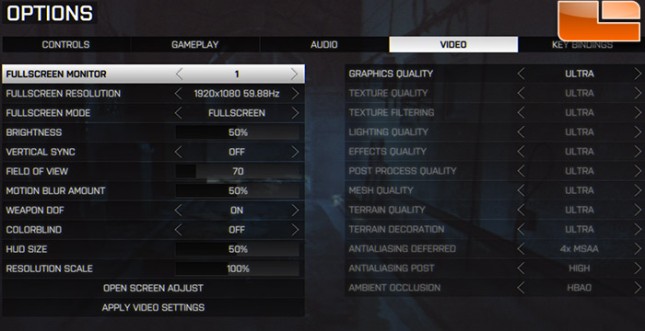
This game title uses the Frostbite 3 game engine and looks great. We tested Battlefield 4 with the Ultra graphics quality preset as most discrete desktop graphics cards can easily play with this IQ setting at 1080P and we still want to be able to push the higher-end cards down the road. We used FRAPS to benchmark each card with these settings on the Shanghai level.
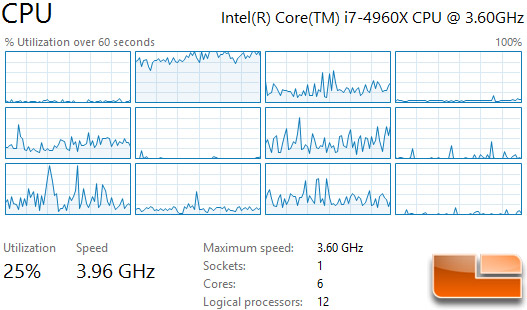
Battlefield 4 is more CPU intensive than any other game that we benchmark with as 25% of the CPU is used up during gameplay. You can see that six threads are being used and that the processor is running in Turbo mode at 3.96GHz more times than not.
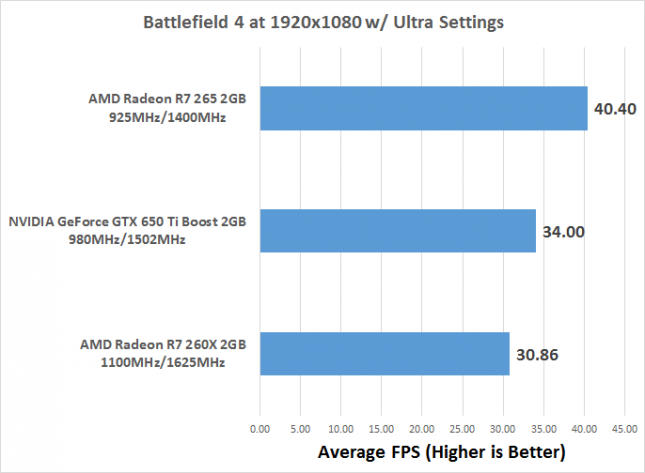
Benchmark Results: Battlefield 4 with Ultra settings is pretty tough on these high-end cards with a 4K display, but we were belated to find that all of these three cards all averaged above the 30 FPS mark! The AMD Radeon R7 265 pulled way ahead in this benchmark and was found to be 30.9% faster than the AMD Radeon R7 260X 2GB reference card and 18.8% faster than the NVIDIA GeForce GTX 650 Ti w/ Boost. It should be noted that we did not test with the Mantle API and stuck with DirectX 11 to ensure everything was tested on the same API.
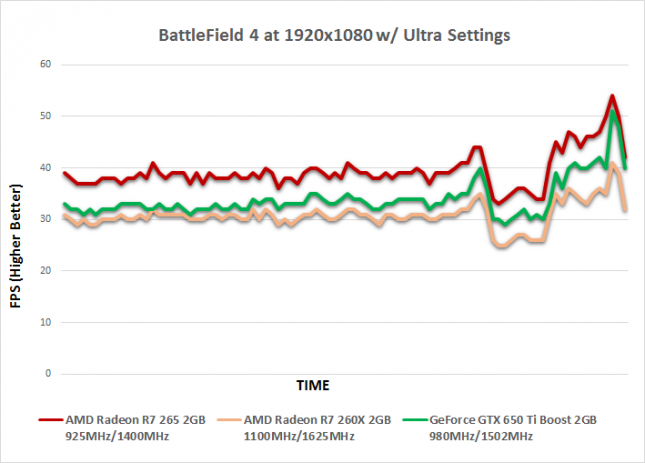
The cards shadowed one another very closely in BF4, but the AMD Radeon R7 265 was clearly ahead for pretty much the entire time.
